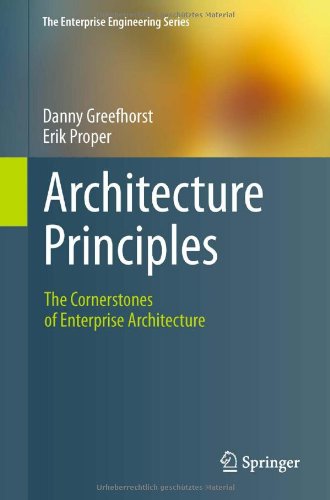

Most ebook files are in PDF format, so you can easily read them using various software such as Foxit Reader or directly on the Google Chrome browser.
Some ebook files are released by publishers in other formats such as .awz, .mobi, .epub, .fb2, etc. You may need to install specific software to read these formats on mobile/PC, such as Calibre.
Please read the tutorial at this link: https://ebookbell.com/faq
We offer FREE conversion to the popular formats you request; however, this may take some time. Therefore, right after payment, please email us, and we will try to provide the service as quickly as possible.
For some exceptional file formats or broken links (if any), please refrain from opening any disputes. Instead, email us first, and we will try to assist within a maximum of 6 hours.
EbookBell Team

5.0
110 reviewsEnterprises, from small to large, evolve continuously. As a result, their structures are transformed and extended continuously. Without some means of control, such changes are bound to lead to an overly complex, uncoordinated and heterogeneous environment that is hard to manage and hard to adapt to future changes. Enterprise architecture principles provide a means to direct transformations of enterprises. As a consequence, architecture principles should be seen as the cornerstones of any architecture.
In this book, Greefhorst and Proper focus on the role of architecture principles. They provide both a theoretical and a practical perspective on architecture principles. The theoretical perspective involves a brief survey of the general concept of principle as well as an analysis of different flavors of principles. Architecture principles are regarded as a specific class of normative principles that direct the design of an enterprise, from the definition of its business to its supporting IT. The practical perspective on architecture principles is concerned with an approach to the formulation of architecture principles, as well as their actual use in organizations. To illustrate their use in practice, several real-life cases are discussed, an application of architecture principles in TOGAF is included, and a catalogue of example architecture principles is provided.
With this broad coverage, the authors target students and researchers specializing in enterprise architecture or business information systems, as well as practitioners who want to understand the foundations underlying their practical daily work.